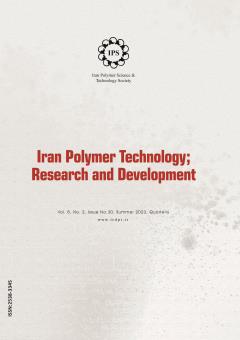-
-
List of Articles
-
Open Access Article
1 - Polymer inclusion membranes for the extraction of rare earth elements
Zahra Daneshfar -
Open Access Article
2 - Recycling of Waste Tires
Zahra Khoubi-Arani -
Open Access Article
3 - A Review of Hydrogels Containing Fibers in Drug Delivery Systems
Mohammad Hossein Karami Majid Abdouss Mohammadreza Kalaee Omid Moradi -
Open Access Article
4 - Chemicals and Additives Used in the Rubber Industry
mehri nadiri niri -
Open Access Article
5 - Different fabrication methods and ideal properties of scaffolds for tissue engineering applications.
Mohammad Rasouli Soheila Kashanian -
Open Access Article
6 - Recent Advances in Membranes Used for Nanofiltration to Remove Heavy Metals from Wastewater: A Review
Farzad Mehrjo MohammadSaber Baghkhanipour Amir Alam
-
The rights to this website are owned by the Raimag Press Management System.
Copyright © 2017-2025







